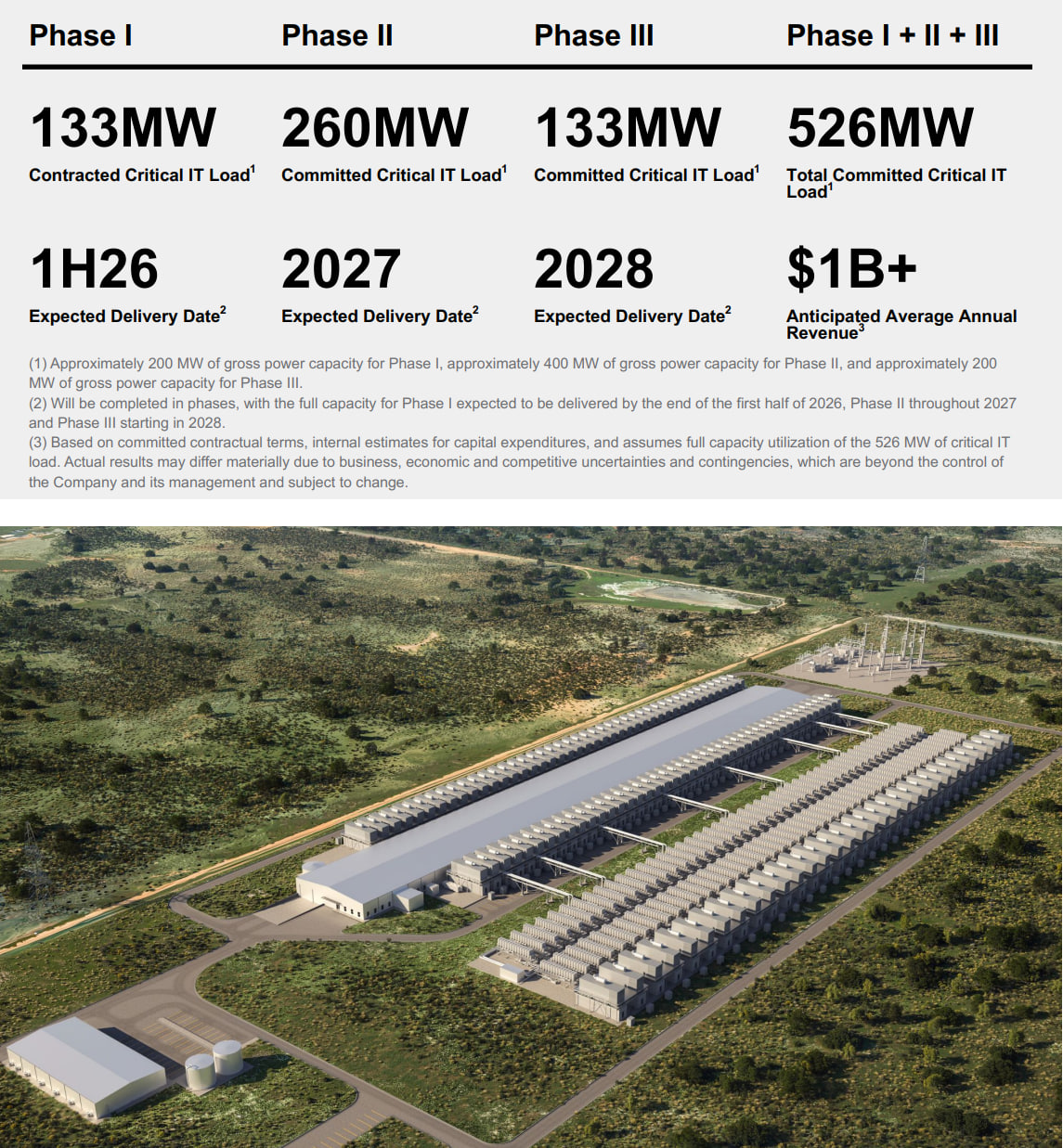Galaxy Digital returned to profitability in Q2 2025 by adding over 4,200 Bitcoin, reporting a net income of $30.7 million and $211 million EBITDA, driven by treasury gains and strong market performance.
-
Galaxy Digital increased Bitcoin holdings to 17,102 BTC, valued at $1.95 billion by the end of Q2 2025.
-
Adjusted EBITDA reached $211 million, supported by $228 million gross profit from treasury and corporate segments.
-
Global Markets division saw a 28% rise in adjusted gross profit despite a 22% drop in trading volume.
Galaxy Digital’s Q2 2025 report highlights a strong crypto asset growth and profitability turnaround. Discover key financial insights and operational milestones now.
How Did Galaxy Digital Achieve Profitability in Q2 2025?
Galaxy Digital’s profitability in Q2 2025 was driven by strategic accumulation of Bitcoin and robust treasury gains. The company added 4,272 BTC, increasing total Bitcoin holdings to 17,102 BTC, valued at $1.95 billion. This asset growth, combined with a $228 million adjusted gross profit from treasury operations, reversed the previous quarter’s $295 million loss.
What Role Did Global Markets and Digital Assets Play in Galaxy’s Recovery?
Galaxy’s Global Markets unit delivered a 28% quarter-over-quarter increase in adjusted gross profit, reaching $55.4 million, despite a 22% decline in trading volume. The digital assets segment generated $71.4 million in adjusted gross profit, a 10% increase from Q1, though its EBITDA remained flat at $13 million due to rising expenses. These results highlight Galaxy’s ability to outperform market trends and expand its loan book to $1.1 billion.

Galaxy’s crypto holdings. Source: Galaxy
What Operational Milestones Did Galaxy Digital Reach in Q2 2025?
Galaxy completed the sale of over 80,000 BTC on behalf of a client, marking one of the largest transactions of its kind. The Helios data center campus expanded significantly, with CoreWeave committing to the full 800 megawatts of approved capacity. Additionally, Galaxy secured 160 more acres and a 1 gigawatt interconnection request, positioning Helios for up to 3.5 gigawatts of power capacity.

Galaxy’s expanded Helios campus. Source: Galaxy
Following its corporate reorganization, Galaxy began trading on Nasdaq under the ticker GLXY in May 2025, marking a significant milestone in its public market presence.
How Does Galaxy Digital’s Asset Management Segment Perform Amid Market Changes?
Despite a 26% decline in profit due to slower on-chain activity and reduced staking rewards, Galaxy’s asset management and infrastructure solutions segment saw assets under management and stake increase by 27% to $9 billion. This growth was supported by higher crypto prices and fresh capital inflows, demonstrating resilience in a fluctuating market.
| Segment | Q2 2025 Metric | Q1 2025 Comparison |
|---|---|---|
| Bitcoin Holdings | 17,102 BTC | +4,272 BTC |
| Adjusted EBITDA | $211 million | From loss of $295 million |
| Global Markets Profit | $55.4 million | +28% QoQ |
Frequently Asked Questions
How did Galaxy Digital’s Bitcoin holdings change in Q2 2025?
Galaxy Digital increased its Bitcoin holdings by 4,272 BTC, reaching a total of 17,102 BTC valued at approximately $1.95 billion by the end of Q2 2025.
Why did Galaxy Digital’s adjusted EBITDA improve significantly in Q2 2025?
Adjusted EBITDA improved to $211 million due to strong treasury and corporate segment profits, alongside robust performance in global markets despite lower trading volumes.
Key Takeaways
- Bitcoin Accumulation: Galaxy Digital added 4,272 BTC in Q2, boosting total holdings to 17,102 BTC.
- Profitability Rebound: Net income reached $30.7 million, reversing a $295 million loss from Q1.
- Operational Growth: Expansion of Helios data center and completion of a large BTC sale highlight strategic progress.
Conclusion
Galaxy Digital’s Q2 2025 results demonstrate a strong recovery driven by strategic Bitcoin accumulation, treasury gains, and operational expansion. The company’s diversified digital asset portfolio and growing infrastructure position it well for sustained growth in the evolving crypto market.
